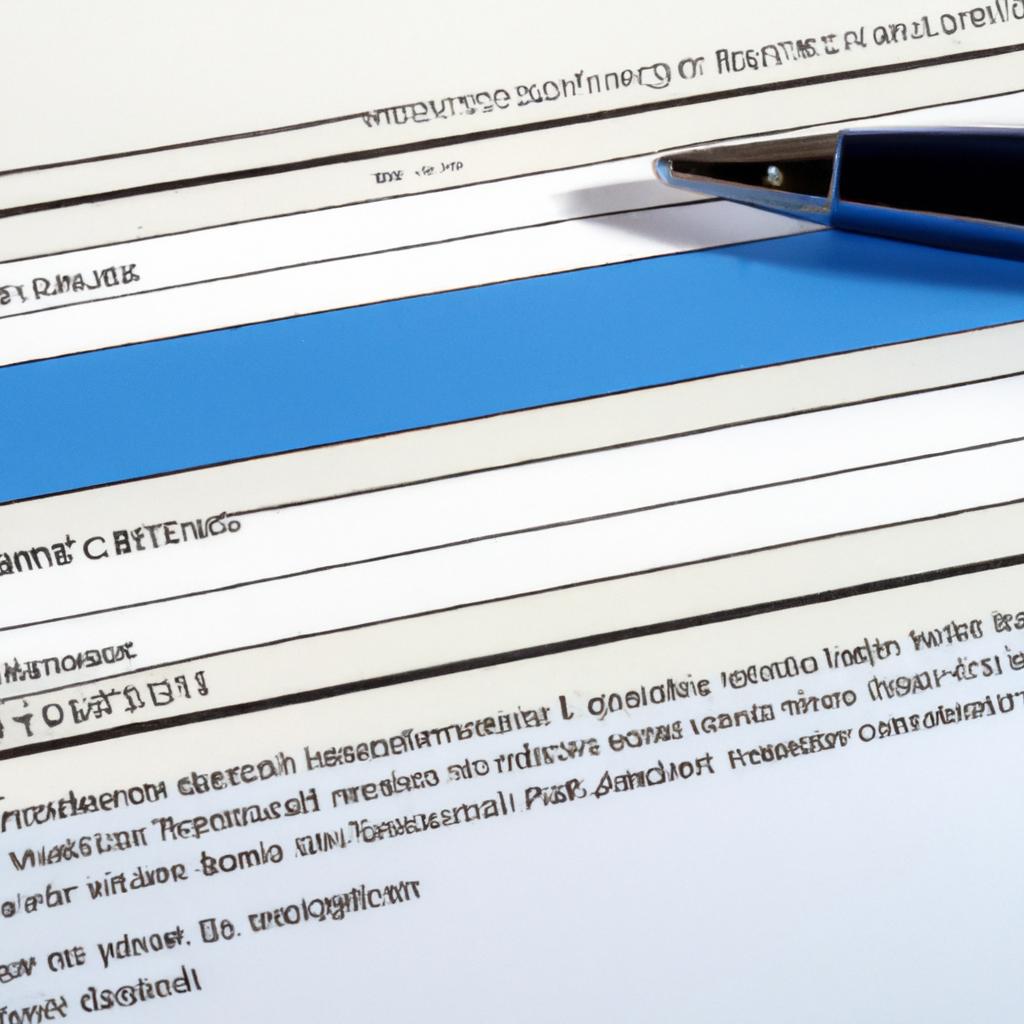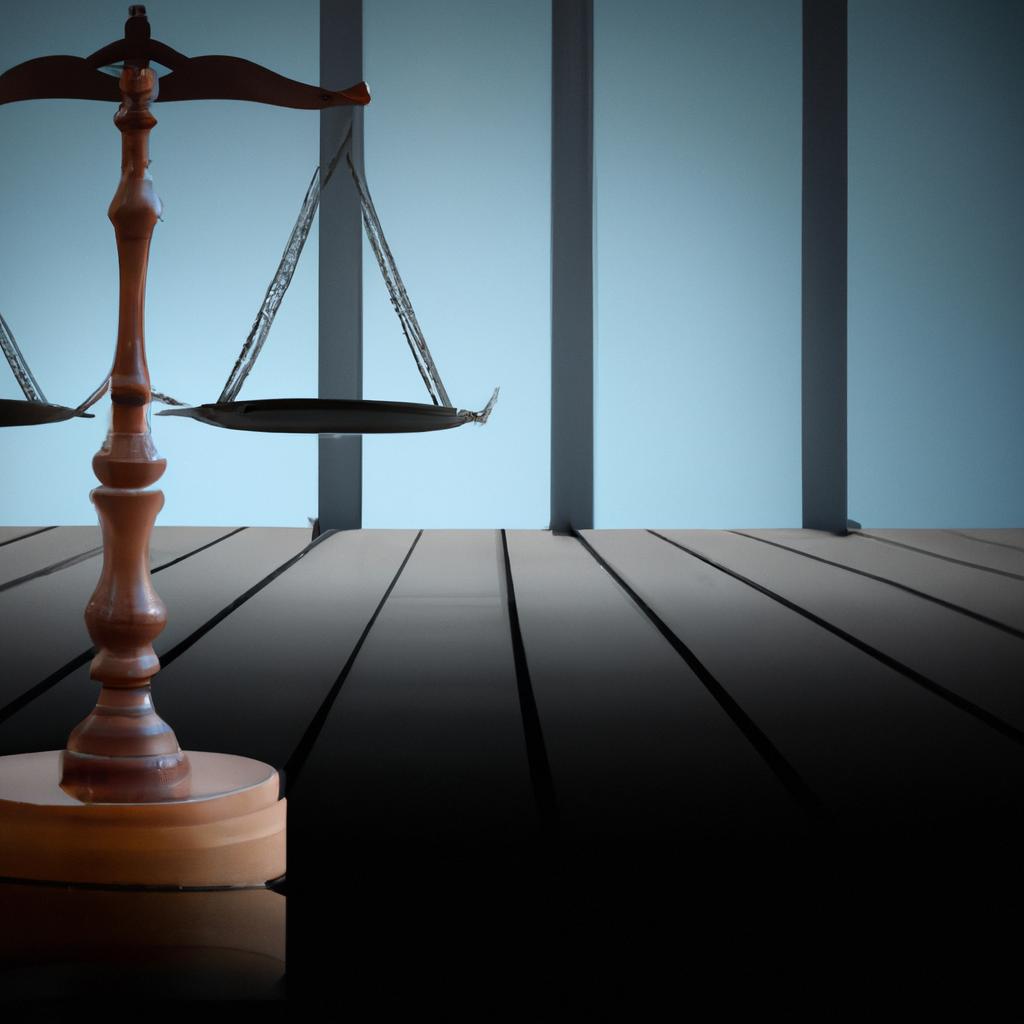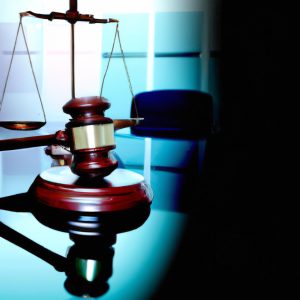Securing a property deed is a critical step in establishing legal ownership of real estate. As seasoned practitioners in estate planning and property law, the team at Morgan Legal Group understands the nuances and complexities involved in this process. Whether you’re transferring ownership, obtaining a mortgage, or reissuing a lost deed, our expertise in navigating the intricate legal landscape of property deeds can provide you with the guidance and assurance you need. Join us as we delve into the essential steps and considerations for obtaining a property deed, ensuring your ownership rights are protected and legally recognized.
Understanding the Importance of Property Deeds in Real Estate Transactions
In real estate transactions, property deeds play a crucial role in establishing ownership rights and transferring property from one party to another. A property deed is a legal document that identifies the current owner of a property and outlines the terms of the transfer. Understanding the importance of property deeds is essential for anyone involved in buying, selling, or transferring real estate.
When it comes to obtaining a property deed, there are several steps that must be followed. First and foremost, it is important to locate the current deed for the property in question. This document will provide important information about the property, such as the legal description and boundaries. Once the current deed has been located, the next step is to consult with a real estate attorney or title company to draft a new deed transferring ownership. This new deed must be signed by both the current owner and the buyer, and then recorded with the county clerk’s office to make the transfer official.

Steps to Obtain a Property Deed: From Research to Filing
When it comes to obtaining a property deed, there are several crucial steps that must be taken to ensure a smooth and legally binding process. The first step is conducting thorough research on the property in question. This includes reviewing the property’s history, ownership records, and any existing liens or mortgages. It is vital to verify the accuracy of all information before proceeding further.
Following the research phase, the next step is preparing the necessary documentation for filing. This includes drafting a deed transfer document that outlines the transfer of ownership from the current owner to the new owner. Additionally, any required legal forms, such as a quitclaim deed or warranty deed, must be completed and signed by all parties involved. Once all documents are in order, they must be filed with the appropriate county or city office for official recording.

Navigating Legal Procedures and Documentation Required for Property Deed Transfer
To successfully navigate the legal procedures and documentation required for property deed transfer, there are several key steps that must be followed diligently. First and foremost, it is essential to ensure that all parties involved in the transfer are in agreement and have a clear understanding of the terms and conditions of the transfer. This may involve consulting with a real estate attorney to draft the necessary legal documents and ensure that all legal requirements are met.
Once the necessary legal documents have been drafted, they must be executed in accordance with the applicable laws and regulations. This typically involves signing the documents in the presence of a notary public to ensure that they are legally binding. Additionally, the deed transfer may need to be filed with the appropriate government agency, such as the county clerk’s office, to officially record the transfer of ownership. By following these steps carefully and consulting with legal professionals when needed, you can ensure a smooth and legally sound property deed transfer process.
Expert Recommendations for Safeguarding Your Property Deed and Rights
When it comes to safeguarding your property deed and rights, it is essential to follow expert recommendations to ensure that your assets are protected. One of the first steps in securing your property deed is to keep a physical copy in a safe and secure location, such as a bank safety deposit box. Additionally, it is crucial to have a digital backup of your property deed stored in a secure cloud storage service to protect against loss or damage.
Another important recommendation is to regularly review and update your property deed to reflect any changes in ownership or property details. It is also advisable to seek legal advice from experienced professionals, such as the team at Morgan Legal Group in New York City, to ensure that your property deed is properly prepared and legally binding. By following these expert recommendations, you can rest assured that your property rights are protected for years to come.
Q&A
Q: What is a property deed?
A: A property deed is a legal document that transfers ownership of a piece of real estate from one party to another.
Q: Why is a property deed important?
A: A property deed is important because it serves as proof of ownership of a property and is required for any future sales or transfers of the property.
Q: How can I obtain a property deed?
A: To obtain a property deed, you will need to contact the county clerk’s office in the county where the property is located. You may need to provide proof of ownership and pay a fee to obtain a copy of the deed.
Q: What information is included in a property deed?
A: A property deed typically includes the names of the current and previous owners, a legal description of the property, and details of any restrictions or easements that may affect the property.
Q: Can I get a property deed online?
A: Some counties offer online access to property deed records. You may be able to search for and download a copy of a property deed from the county clerk’s website.
Q: How long does it take to get a property deed?
A: The time it takes to get a property deed can vary depending on the county and the method of obtaining the deed. In general, you should receive a copy of the deed within a few weeks of requesting it.
Final Thoughts
In conclusion, obtaining a property deed may seem like a daunting task, but with the right information and guidance, it can be a straightforward process. By following the steps outlined in this article, you can navigate through the complexities of property ownership and secure your deed with confidence. Remember, each property deed is a unique symbol of ownership and should be kept safe and secure. So, whether you’re a first-time homeowner or a seasoned property investor, always ensure you have a clear understanding of the process involved in obtaining a property deed. Happy property owning!







